Smartler - Smartler
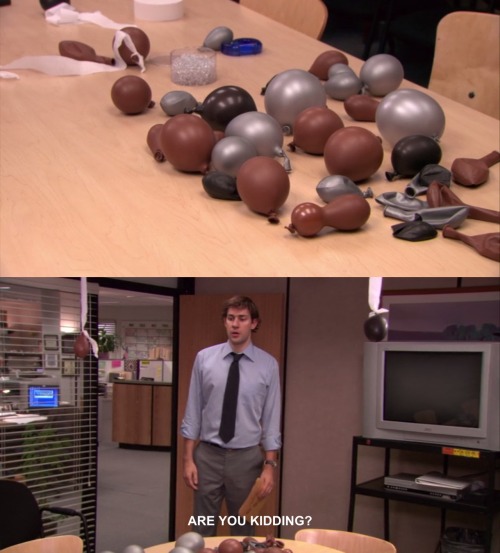








More Posts from Smartler and Others
EVERYTIME IT’S ON MY DASHBOARD I WATCH IT AND CRY BEST VIDEO




On Tuesday, September 15th, at 5 p.m. ET, astronauts Serena Auñón, Cady Coleman, Samantha Cristoforetti, plus NASA chief scientist Ellen Stofan will be stopping by Skunk Bear HQ – and I’ll be asking them your questions live on Periscope and SnapChat (user: nprnews)!
Submit your questions here or tweet #NPRSpaceJam.
Cady Coleman has been to space three times, once spending 158 days aboard the International Space Station. While on earth, she set several endurance and tolerance records when she participated in tests of new equipment. She plays flute in Bandella, a musical group made up of astronauts. Here, I’ve depicted her zero-gravity hair-do.
Serena Auñón hasn’t been to space … yet. She was selected in 2009 as a member of the 20th NASA astronaut class. She has a bachelors degree in electrical engineering, a doctorate in medicine, and a masters in public health.
Samantha Cristoforetti is the first Italian woman in space, the woman who has stayed in space the longest (199 days) and the first person to brew espresso in space. She’s a fighter pilot in the Italian Air Force and speaks fluent Italian, English, Russian, German, and French.
Ellen Stofan is the Chief Scientist of NASA, advising the administrator on all things scientific. She is especially interested in the geology of other planets.
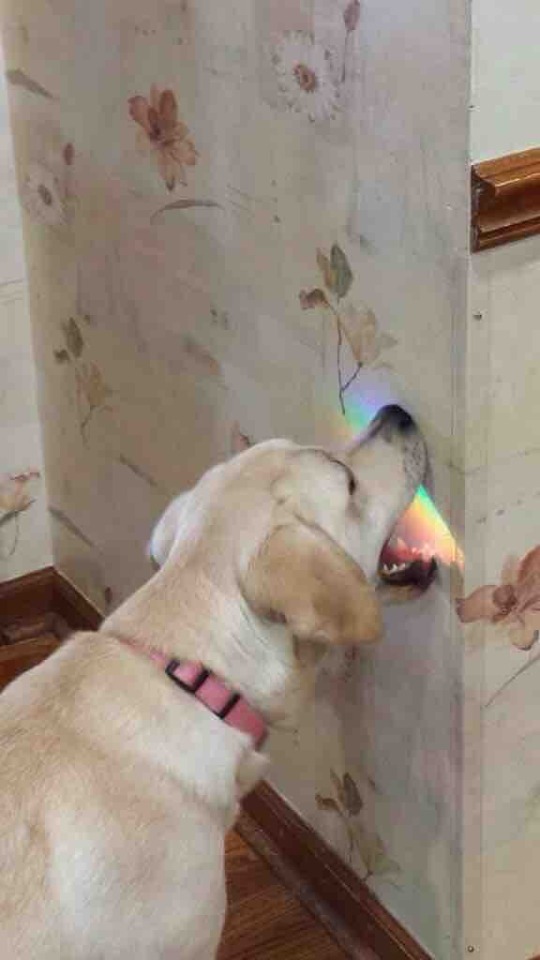
It’s magically delicious http://cute-overload.tumblr.com source: http://imgur.com/r/aww/aPFzTID



For a moment, that black and white photo should seem like a full color image. (You have to keep both the image and your head very still).
This illusion was used in the new BBC Four series Colour: The Spectrum of Science.
It demonstrates a phenomenon called “cone fatigue.” When we stare at the purple hillside in picture above, photoreceptors in our eyes called cones are stimulated. They send a signal to our brains that says “You’re looking at something purple.” But the sensing ability of those cones decreases the longer we stare at the image - those receptors are, in a way, temporarily used up.
Then when we look at the black and white image, those same cones can’t detect any purple light. Instead they sense the color that remains: green.


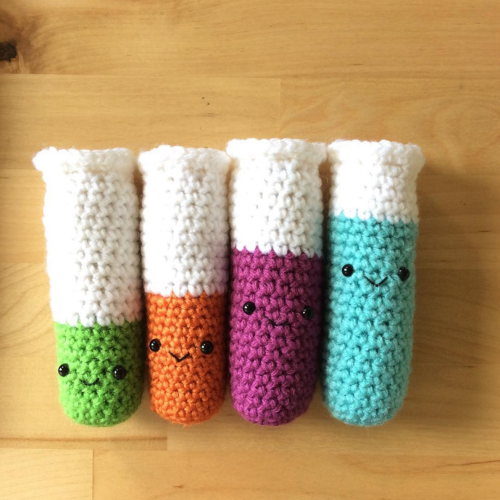
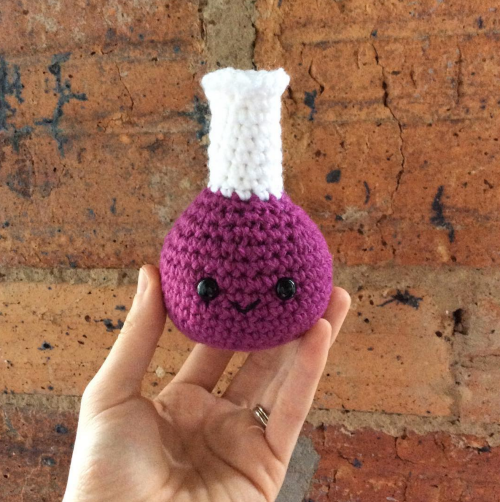
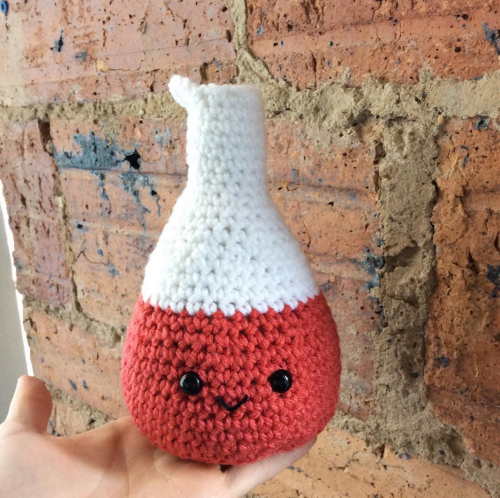
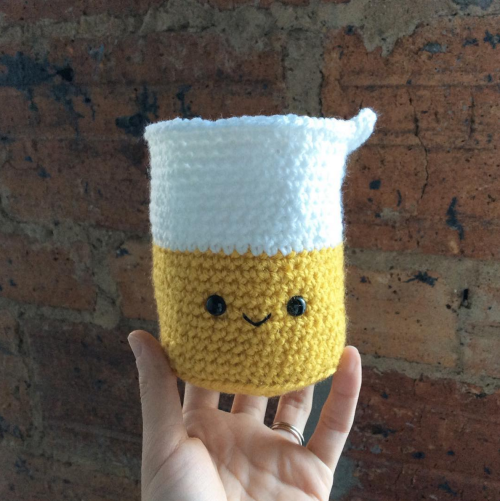


Textile Art + Science = Crocheted Chemistry
Dallas, TX-based textile artist Lauren Espy just completed crocheting the cutest chemistry set we’ve ever seen. Each handmade piece of amigurumi lab equipment, colorful beakers and test tubes, and a fiery little bunsen burner (our favorite), wears a smiling face that clearly says they’re ready to do some awesome science.
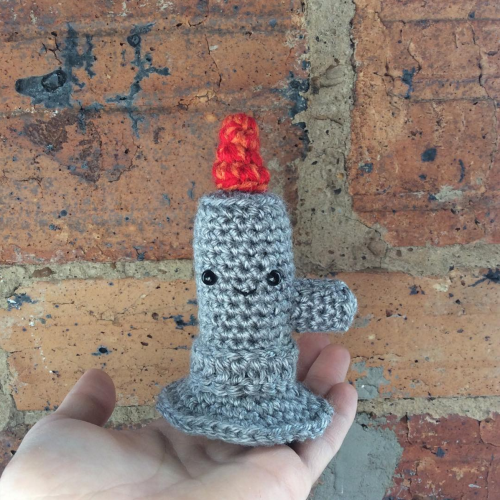
Follow Lauren Espy on Instagram to check out more of her crocheted creations. Espy sells some of her pieces via her Etsy shop, where she plans to list smaller pieces of crocheted chemistry equipment in the near future. So stay tuned!
[via A Menagerie of Stitches]
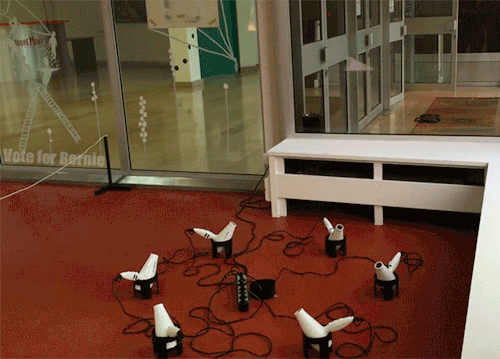
When engineers are bored.
“This Love” - Taylor Swift (Piano & String Version) by Sam Yung.
credit to the owners
If Earth had Saturn’s Rings
From an excellent post by Jason Davis
From Washington, D.C., the rings would only fill a portion of the sky, but appear striking nonetheless. Here, we see them at sunrise.

From Guatemala, only 14 degrees above the equator, the rings would begin to stretch across the horizon. Their reflected light would make the moon much brighter.

From Earth’s equator, Saturn’s rings would be viewed edge-on, appearing as a thin, bright line bisecting the sky.

At the March and September equinoxes, the Sun would be positioned directly over the rings, casting a dramatic shadow at the equator.

At midnight at the Tropic of Capricorn, which sits at 23 degrees south latitude, the Earth casts a shadow over the middle of the rings, while the outer portions remain lit.

via x
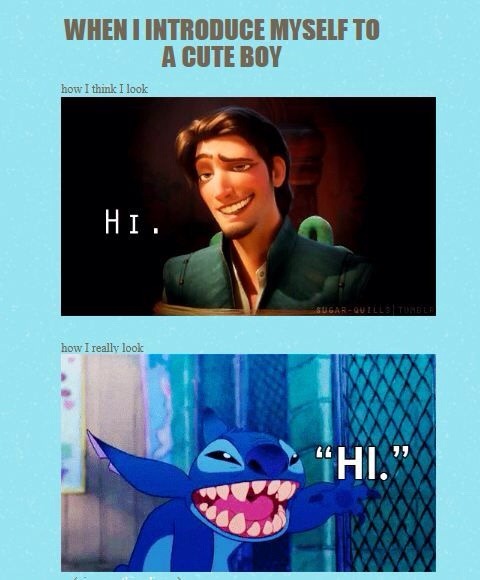







The last, but not least of starry scholastic month!
This week’s entry: Black Holes
http://www.space.com/15421-black-holes-facts-formation-discovery-sdcmp.html
http://www.space.com/19339-black-holes-facts-explained-infographic.html
-
 kizzninjamite reblogged this · 4 months ago
kizzninjamite reblogged this · 4 months ago -
 5150 liked this · 4 months ago
5150 liked this · 4 months ago -
 carol45374 liked this · 4 months ago
carol45374 liked this · 4 months ago -
 sleepydreameroncloud9 liked this · 5 months ago
sleepydreameroncloud9 liked this · 5 months ago -
 anna1xy47 liked this · 8 months ago
anna1xy47 liked this · 8 months ago -
 atsa-reaction-gifs reblogged this · 10 months ago
atsa-reaction-gifs reblogged this · 10 months ago -
 design-and-html liked this · 1 year ago
design-and-html liked this · 1 year ago -
 zamii070receipts liked this · 1 year ago
zamii070receipts liked this · 1 year ago -
 paulaangel reblogged this · 1 year ago
paulaangel reblogged this · 1 year ago -
 aultreneveulxestre liked this · 1 year ago
aultreneveulxestre liked this · 1 year ago -
 ihavenobigbrain liked this · 1 year ago
ihavenobigbrain liked this · 1 year ago -
 uhhleeese liked this · 1 year ago
uhhleeese liked this · 1 year ago -
 somethingsomethingdeepermeaning liked this · 1 year ago
somethingsomethingdeepermeaning liked this · 1 year ago -
 valleyedprism reblogged this · 1 year ago
valleyedprism reblogged this · 1 year ago -
 paperchamomiles liked this · 1 year ago
paperchamomiles liked this · 1 year ago -
 a-mistake-plus-kelevin reblogged this · 1 year ago
a-mistake-plus-kelevin reblogged this · 1 year ago -
 i-am-unoriginal-posts reblogged this · 1 year ago
i-am-unoriginal-posts reblogged this · 1 year ago -
 i-am-unoriginal-posts liked this · 1 year ago
i-am-unoriginal-posts liked this · 1 year ago -
 sadisticsaturday liked this · 1 year ago
sadisticsaturday liked this · 1 year ago -
 deborahpflover reblogged this · 1 year ago
deborahpflover reblogged this · 1 year ago -
 roughentumble reblogged this · 1 year ago
roughentumble reblogged this · 1 year ago -
 euphorichappiness10 liked this · 1 year ago
euphorichappiness10 liked this · 1 year ago -
 titanjelly liked this · 1 year ago
titanjelly liked this · 1 year ago -
 castleofcagliostro liked this · 1 year ago
castleofcagliostro liked this · 1 year ago -
 cattasticks liked this · 1 year ago
cattasticks liked this · 1 year ago -
 dualdivine reblogged this · 1 year ago
dualdivine reblogged this · 1 year ago -
 dualdivine liked this · 1 year ago
dualdivine liked this · 1 year ago -
 myster78 liked this · 1 year ago
myster78 liked this · 1 year ago -
 olrokeratro liked this · 1 year ago
olrokeratro liked this · 1 year ago -
 trstmeimaliar liked this · 1 year ago
trstmeimaliar liked this · 1 year ago -
 sulisusima liked this · 1 year ago
sulisusima liked this · 1 year ago -
 chakleen liked this · 1 year ago
chakleen liked this · 1 year ago -
 happytrendy liked this · 1 year ago
happytrendy liked this · 1 year ago -
 queen-moors liked this · 1 year ago
queen-moors liked this · 1 year ago -
 unprojects liked this · 1 year ago
unprojects liked this · 1 year ago -
 tromboneralert reblogged this · 1 year ago
tromboneralert reblogged this · 1 year ago